 Dutch Netherlands Navy. Ironclad turret ram ship (1867-1899).
Dutch Netherlands Navy. Ironclad turret ram ship (1867-1899).
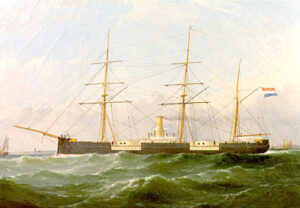 Another early turret design also built in Britain for another naval power was HNLMS Prins Hendrik der Nederlanden. It was called an ironclad “ramtorenschip” or “turret ram ship”. She was laid down at Laird & Sons in Birkenhead by August 1865 and transferred to the Dutch East Indies in 1876, taking part in the Dutch intervention at Lombok and Karangasem in 1894 but otherwise had a pretty stale career. She was hulked in 1899 and scrapped in 1925.
Another early turret design also built in Britain for another naval power was HNLMS Prins Hendrik der Nederlanden. It was called an ironclad “ramtorenschip” or “turret ram ship”. She was laid down at Laird & Sons in Birkenhead by August 1865 and transferred to the Dutch East Indies in 1876, taking part in the Dutch intervention at Lombok and Karangasem in 1894 but otherwise had a pretty stale career. She was hulked in 1899 and scrapped in 1925.
The first Dutch Turret Ram ironclad
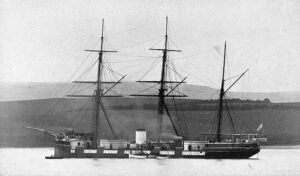 The combination of turrets and a ram was all the rage in 1865. The battle of Lissa was just over, and the concept of turrets had been proven in the US Civil War. So the same year, the Dutch naval staff looked in particular at Scorpion-class ironclad turret ships* originally ordered by the Confederate States Navy in Britain.
The combination of turrets and a ram was all the rage in 1865. The battle of Lissa was just over, and the concept of turrets had been proven in the US Civil War. So the same year, the Dutch naval staff looked in particular at Scorpion-class ironclad turret ships* originally ordered by the Confederate States Navy in Britain.
They used two Coles turret, by then he “hottest” technology to replace traditional broadside guns, even mounted on rails for extra traverse. HNLMS Prins Hendrik der Nederlanden was ordered from Laird & Son Co. by the Royal Netherlands Navy as an enlarged version of this design. The Scorpion class indeed were initially planned for breaking the US blockade in shallow and riverine waters, and notably operate the Mississippi. Obviously, the Dutch admiralty wanted a sea-going ship.
*They were seized in 1863 as per neutrality laws, and integrated into the RN as HMS Scorpion and HMS Wivern.
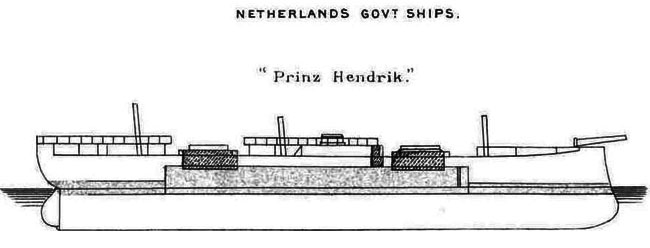
She ended as a 3,375 metric tons (3,322 long tons) ship, versus 2,751 long tons (2,795 t) for HMS Scorpion and her sister (started at Laird & Son Co., Birkenhead in 1862), so clear increase. However, their general layout and hull was about the same. She was designed with a continuous flush deck with a short forecastle and short sterncastle. The weather deck was relatively low, but to make her seaworthy there were tall bulwark either sides, with large panels that were folded down when firing broadsides.
She ship honored the then Prince Henry of the Netherlands (Willem Frederik Hendrik, 13 June 1820 – 13 January 1879) third son of King William II of the Netherlands and his wife, Grand Duchess Anna Pavlovna of Russia.
This was considered yet another design by Coles, which tried to convince the British admiralty to go for a large sea going turret ship, which became the ill-fated HMS Captain, started later and launched in 1869. HNLMS Prins Hendrik der Nederlanden had a short design phase, only delayed by the choice of artillery for her main turrets, albeit it was clear from the start these will be twin turrets. The size of the ram and associated machinery and steering were also the object of discussions. She was, in Britain, also compared to a “mini-HMS Monarch”.
Hull and general design
Prins Hendrik der Nederlanden ship measured between perpendiculars 230 feet (70.1 m). Conways precise 73.15 meters (240 ft) overall, for a beam of 44 feet (13.41 m), and a draught of 18 feet 8 inches (5.69 m). She displaced 3,375 tonnes (3,322 long tons) as said above, and her iron hull was divided into five watertight bulkheads below the armoured deck. This was completed by a double bottom, below the engine and boiler rooms. Her crew comprises 230 officers and men, with eight boats, four around the central structure containing the bridge and funnel and the remainder aft under davits. The ram was not too pronounced, ending with a curve, not a point, and it reinforced. She had a hurricane deck connected her forecastle and poop decks. While underway, with her turrets not in use, her low freeboard could be increased to 14 feet (4.3 m) by using hinged bulwarks, 5 feet (1.5 m) high.
Powerplant and performances

Prins Hendrik der Nederlanden was powered for agility by a single 15-foot-6-inch (4.7 m) propeller shaft, in bronze and four-bladed, but still single. This single shaft was cranked in common and were powered by two horizontal return connecting rod compound steam engines built locally by Lairds. They were powered in turn by four square boilers for a grand total a total of 2,426 indicated horsepower (1,809 kW). This enabled a top speed of 12.09 knots (22.39 km/h; 13.91 mph) as reported in her sea trials. 11.4 knots obtained for 2000 hp was her normal, contracted power and speed (conways). She carried 380 long tons (390 t) coal or 467t (max probably) for conways. Her range is unknown, but probably around 1,500 nm at around 10 knots if compared to the Scorpion class (they carried 336 tons coal).
In complement, she was completed with a full barque-rigging with three masts. But as designed by Coles, she had all metal mast bases, with the fore and mainmasts supported by tripods to reduce interference with the firing arcs by the rigging and strength overall. With these, she carried a total sail area of 1,554 square meters (16,730 sq ft), which was still modest but enabled long crossings to either the West or East Indies.
Protection
 Prins Hendrik der Nederlanden was not revolutionary on that matter and retake the Scorpion class scheme (2–4.5 in/51–114 mm belt, 5.5–10 in/140–254 mm turrets), just increased.
Prins Hendrik der Nederlanden was not revolutionary on that matter and retake the Scorpion class scheme (2–4.5 in/51–114 mm belt, 5.5–10 in/140–254 mm turrets), just increased.
She had indeed a complete waterline belt, made of wrought iron, 4.5 inches (114 mm) thick. It extended over 120 feet (36.6 m) in lenght for a height of 12 feet (3.7 m, including 3 feet (0.9 m) below the waterline. At her bow and stern, her belt was just 2.5 feet (0.8 m) high above the waterline.
Below the deck were also 4.5-inch transverse bulkheads protecting the bases of the turrets and the machinery spaces, from raking fire.
The Coles turrets were protected by 5.5-inch (140 mm) plating, but this was a sandwich of several layers, making for a grand total around the gun ports 11 inches (279 mm). There was no main protective deck below. Given the engagement range of the guns at that time, only direct fire was envisioned.
Armament
2×2 9-inch Armstrong RML (229 mm):
The gun turrets were located in the axis, either side of the central structure, and they were twin. They were normally rotated by two men using physical force and gearing, but needed 19 men and 20 seconds for a full 360° rotation. The same men also manned the guns proper. These 9-inch Armstrong Rifled, Muzzle Loaders were designed solely for export (Spain and the Netherlands) and weighted 12,300 kg for a length of 3.962 m and a muzzle velocity of 1,476 feet per second (450 m/s).
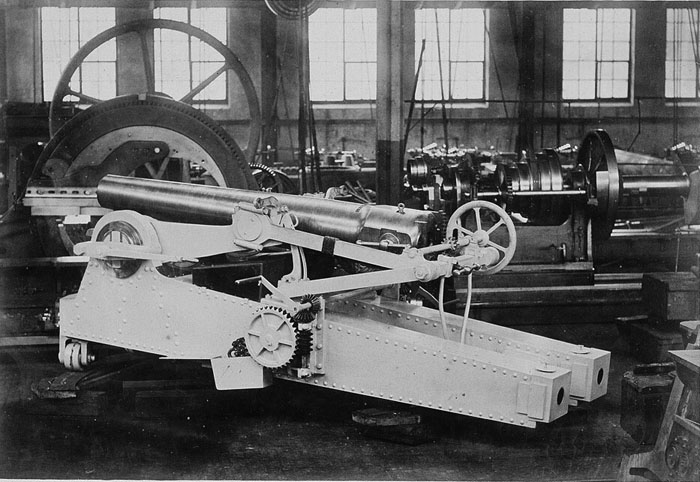
4× 12 cm K.A. BLs:
In addition, she had four single, shielded 12 cm breech loaders, were originally Dutch fortress, siege and naval guns that were rifled and in bronze. They were placed on gun cradles with rail systems for a 90° traverse. In 1876, three kinds of these guns were to be pressed in the navy:
– 12 cm A No. 1, steel version made by Krupp (2.1 m long oa, 800 kg).
– 12 cm A No. 2, cast at Rijkswerf Amsterdam, comp. at Koninklijke Fabriek van Stoom in bronze.
– 12 cm A No. 3 made by Rijks Geschutgieterij in The Hague, same as the army 12 cm K.A. and like No. 1 in dimensions and grooves, in bronze (910 kg).
In total the navy had 189 12 cm all numbers in stock on 1 July 1886. In general, the 12 cm A No. 2 was used on ships sent to the Dutch East Indies, to be reused on land for internal security.
⚙ specifications |
|
| Displacement | 3,375 metric tons (3,322 long tons) |
| Dimensions | 240 x 44 x 18 ft 8 in (73.15 x 13.4 x 5.7m) |
| Propulsion | 1 HRCR, 4 Rect. Boilers 2,426 shp (1,809 kW) |
| Speed | 12 knots (22 km/h; 14 mph) (machines only) |
| Range | c1500 with 460t coal |
| Armament | 2×2 9-inch Armstrong RML, 4× 12 cm K.A. BLs |
| Protection | Belt 114 mm, Turrets 140–279 mm, bulkheads 114 mm |
| Crew | 230 |
Career of NHLMS Prins Hendrik der Nederlanden
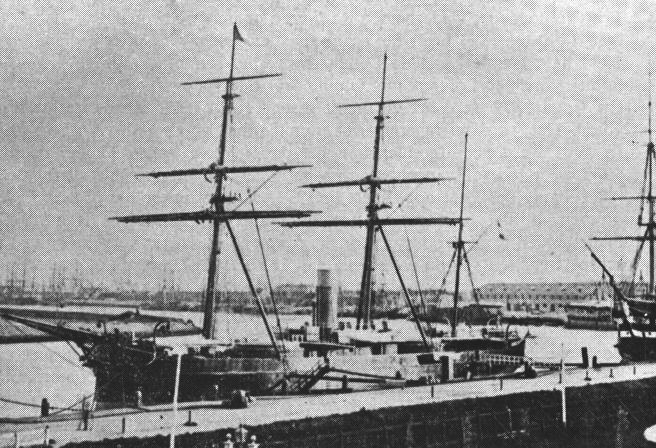
Prins Hendrik in Den Helder, soon after commission.
Prins Hendrik der Nederlanden was completed at Laird & Son Co. at Birkenhead in March 1867 and sent to the Netherlands for initial preparations for a deployment to the Dutch East Indies. She was however at first tasked with the defence of the Dutch Navy main harbour, Den Helder for almost ten years. She was transferred to the Dutch East Indies in 1876. There, she became the lead ship of the Auxiliary squadron. She had to left station and Java from 25 November 1879 until 24 February 1880 for repairs to her leaking boilers at Singapore dockyard.
By late June 1881, she replaced HNLMS Zeeland as guard ship at Batavia. On 25 January 1882 she was refitted at Onrust Dock, Onrust Island. On 1 February 1882, she was sent to Cirebon. While underway she experienced an outbreak of cholera. She was recalled after a few days, send to Riau and, after a quarantine, performed gunnery practice and training. She returned on 20 March 1882 to Batavia. From 16 to 25 May 1882 she trained off Tanjung Priok and visited the Thousand Islands. In June 1882 she left for Surabaya to receive new, modern cylindrical boilers.

Underway on sea trials, fresh from the Yard off the coast of Britain
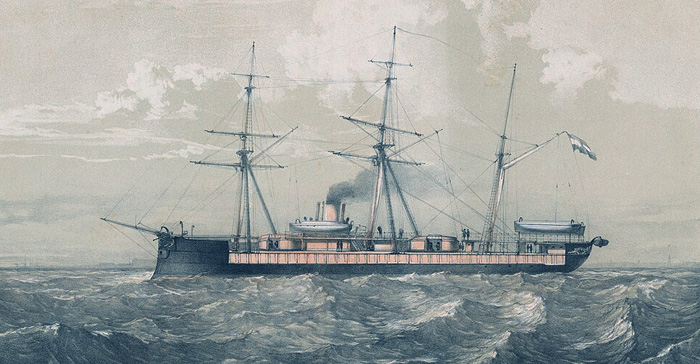
Underway at sea, engraving (CC as all other images)
She had training by August 1883 and was sent in station to protect shipping in the Sunda Strait. She cruised to the shores of Banten and Lampung after the eruption of Krakatoa. On 13 November 1883 and until 24 January 1884 she became a guard ship at Batavia.
In 1885 she was fitted with a Spar torpedo system. In April 1887, she trained with the East Indies fleet in the Java Sea for days. By late April, she was sent to Makassar and had a three-month exercise cycle with Koning der Nederlanden. Later she entered the Surabaya dry-dock for intensive maintenance and returned afterwards to Makassar for more fleet trailing.
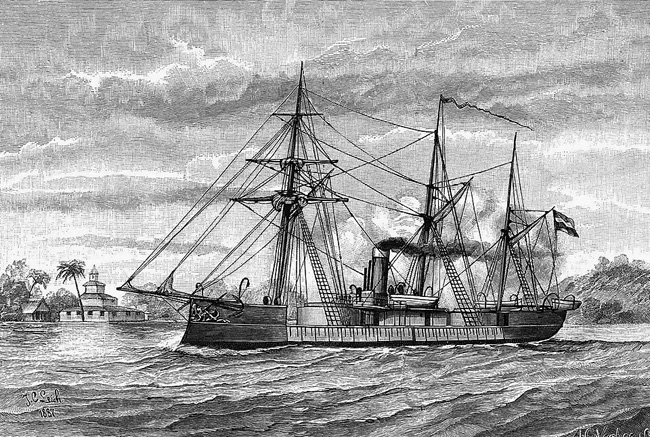
From 24 January 1890 until 2 December 1891, she was attached north coast of Aceh station flotilla. In 1893, she was attached to the Java and Borneo flotilla, until early August 1896.
By the time, she had her 1880s 37-millimeter guns replaced by two quick-firing, 75-millimeter guns as well as four 37 mm QF guns in 1890. She was then used to transport troops during the Dutch intervention in Lombok and Karangasem, in July 1894. She later transported the captured lord of Lombok and his family in November 1894 to Batavia, judged and sent in prison. In August 1897, took part in an expedition to Segli. All these years her low freeboard was well adapted to these waters, but her guns were now hopelessly obsolete.
It was clearly obvious after 30 years of service that she needed to be decommissioned, which was done on 5 May 1899. This was not the end, though. She became an ammunition hulk in Surabaya. Later, she was transferred to the Department of Colonies from 1901 to 1905, used for various static roles. She was returned to the Dutch Navy in 1905, lingered about as a utility hulk again, rusting away until stripped and scrapped in 1925, a remarkably long time.

The Surabaya squadron in the 1880s. The three funnelled ship forward is the Koning der Nederlander.
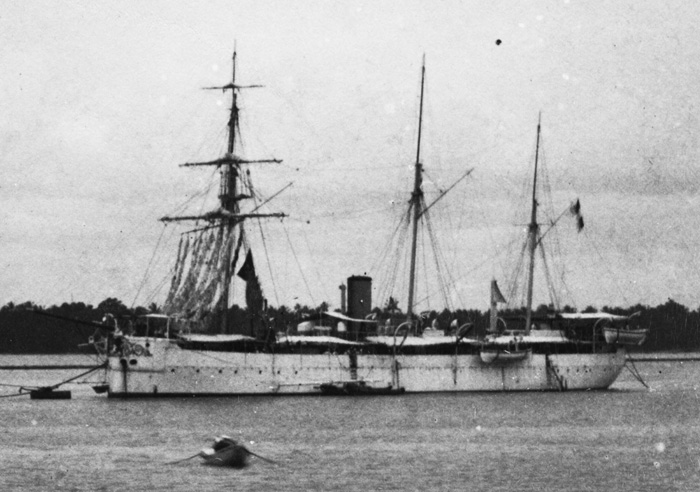
The same, cropped.
An item reported that the Hr.Ms. Bromo at that moment guard ship at Surabaya was to be converted into a reserve ammunition ship for the Java-division as soon as the Koning der Nederlanden had replaced her. The former ironclad Prins Hendrik der Nederlanden at that moment used as an ammunition ship was probably converted into a floating battery to serve in the defence of Surabaya. The De locomotief dated 8 April reported that the ram turret Prins Hendrik was part of the Java division until they arrived North of the Duizend Eilanden. She was obvious was not able to keep up the pace of the other ships and decided was that she continued her voyage alone. After her arrival at Surabaya were her engines to be removed, and she was to be converted into a floating battery with a sufficient armament. (src warshipsresearch.blogspot.com)
Read More/Src
Books
Gardiner, Robert, ed. (1979). Conway’s All the World’s Fighting Ships 1860-1905. Greenwich: Conway Maritime Press.
“Dutch Ironclads Prins Hendrik and Konig der Nederlanden”. Warship International. IX (2).
Silverstone, Paul H. (1984). Directory of the World’s Capital Ships. Hippocrene Books
Staatsbegrooting voor het dienstjaar 1875 (2. 32.)
Koloniaal verslag van 1877-98
Links
http://www.navypedia.org/ships/netherlands/nl_bb.htm
https://resolver.kb.nl/resolve?urn=sgd:18741875:0001253:pdf
https://warshipsresearch.blogspot.com/search?q=Prins+Hendrik+der+Nederlanden
https://en.wikipedia.org/wiki/12_cm_K.A.
https://nl.wikipedia.org/wiki/Zr.Ms._Prins_Hendrik_der_Nederlanden_(1867)
https://en.wikipedia.org/wiki/HNLMS_Prins_Hendrik_der_Nederlanden
deviantart.com model of the ship in museum
https://www.delpher.nl/nl/kranten/view?coll=ddd&identifier=ddd:110537155:mpeg21:p003

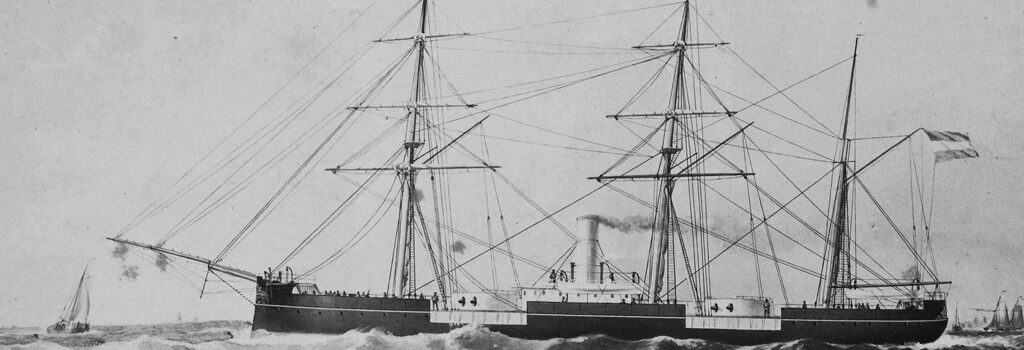
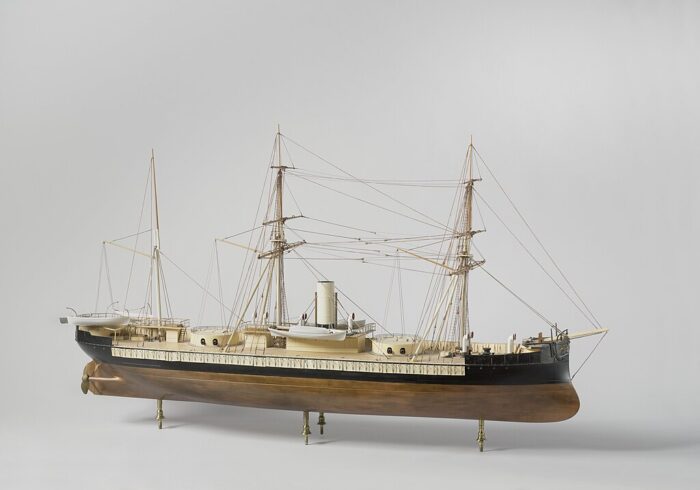
 Latest Facebook Entry -
Latest Facebook Entry -  X(Tweeter) Naval Encyclopedia's deck archive
X(Tweeter) Naval Encyclopedia's deck archive Instagram (@navalencyc)
Instagram (@navalencyc)


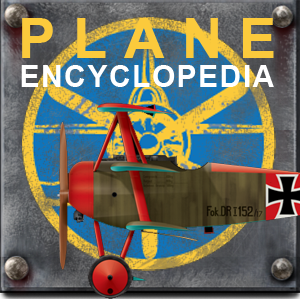
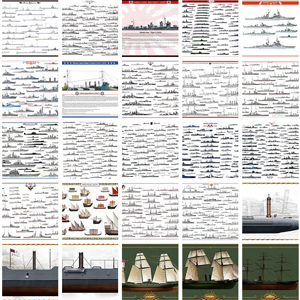

 French Navy
French Navy Royal Navy
Royal Navy Russian Navy
Russian Navy Armada Espanola
Armada Espanola Austrian Navy
Austrian Navy K.u.K. Kriegsmarine
K.u.K. Kriegsmarine Dansk Marine
Dansk Marine Nautiko Hellenon
Nautiko Hellenon Koninklije Marine 1870
Koninklije Marine 1870 Marinha do Brasil
Marinha do Brasil Osmanlı Donanması
Osmanlı Donanması Marina Do Peru
Marina Do Peru Marinha do Portugal
Marinha do Portugal Regia Marina 1870
Regia Marina 1870 Nihhon Kaigun 1870
Nihhon Kaigun 1870 Preußische Marine 1870
Preußische Marine 1870 Russkiy Flot 1870
Russkiy Flot 1870 Svenska marinen
Svenska marinen Søværnet
Søværnet Union Navy
Union Navy Confederate Navy
Confederate Navy Armada de Argentina
Armada de Argentina Imperial Chinese Navy
Imperial Chinese Navy Marinha do Portugal
Marinha do Portugal Mexico
Mexico Kaiserliche Marine
Kaiserliche Marine 1898 US Navy
1898 US Navy Sovietskiy Flot
Sovietskiy Flot Royal Canadian Navy
Royal Canadian Navy Royal Australian Navy
Royal Australian Navy RNZN Fleet
RNZN Fleet Chinese Navy 1937
Chinese Navy 1937 Kriegsmarine
Kriegsmarine Chilean Navy
Chilean Navy Danish Navy
Danish Navy Finnish Navy
Finnish Navy Hellenic Navy
Hellenic Navy Polish Navy
Polish Navy Romanian Navy
Romanian Navy Turkish Navy
Turkish Navy Royal Yugoslav Navy
Royal Yugoslav Navy Royal Thai Navy
Royal Thai Navy Minor Navies
Minor Navies Albania
Albania Austria
Austria Belgium
Belgium Columbia
Columbia Costa Rica
Costa Rica Cuba
Cuba Czechoslovakia
Czechoslovakia Dominican Republic
Dominican Republic Haiti
Haiti Hungary
Hungary Honduras
Honduras Estonia
Estonia Iceland
Iceland Eire
Eire Equador
Equador Iran
Iran Iraq
Iraq Latvia
Latvia Liberia
Liberia Lithuania
Lithuania Mandchukuo
Mandchukuo Morocco
Morocco Nicaragua
Nicaragua Persia
Persia San Salvador
San Salvador Sarawak
Sarawak Uruguay
Uruguay Venezuela
Venezuela Zanzibar
Zanzibar Warsaw Pact Navies
Warsaw Pact Navies Bulgaria
Bulgaria Hungary
Hungary

 Bundesmarine
Bundesmarine Dutch Navy
Dutch Navy Hellenic Navy
Hellenic Navy Marina Militare
Marina Militare Yugoslav Navy
Yugoslav Navy Chinese Navy
Chinese Navy Indian Navy
Indian Navy Indonesian Navy
Indonesian Navy JMSDF
JMSDF North Korean Navy
North Korean Navy Pakistani Navy
Pakistani Navy Philippines Navy
Philippines Navy ROKN
ROKN Rep. of Singapore Navy
Rep. of Singapore Navy Taiwanese Navy
Taiwanese Navy IDF Navy
IDF Navy Saudi Navy
Saudi Navy Royal New Zealand Navy
Royal New Zealand Navy Egyptian Navy
Egyptian Navy South African Navy
South African Navy






























 Ukrainian Navy
Ukrainian Navy dbodesign
dbodesign